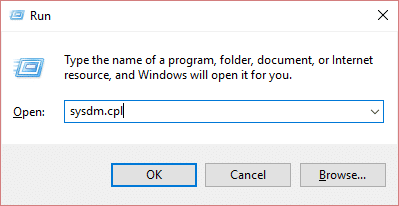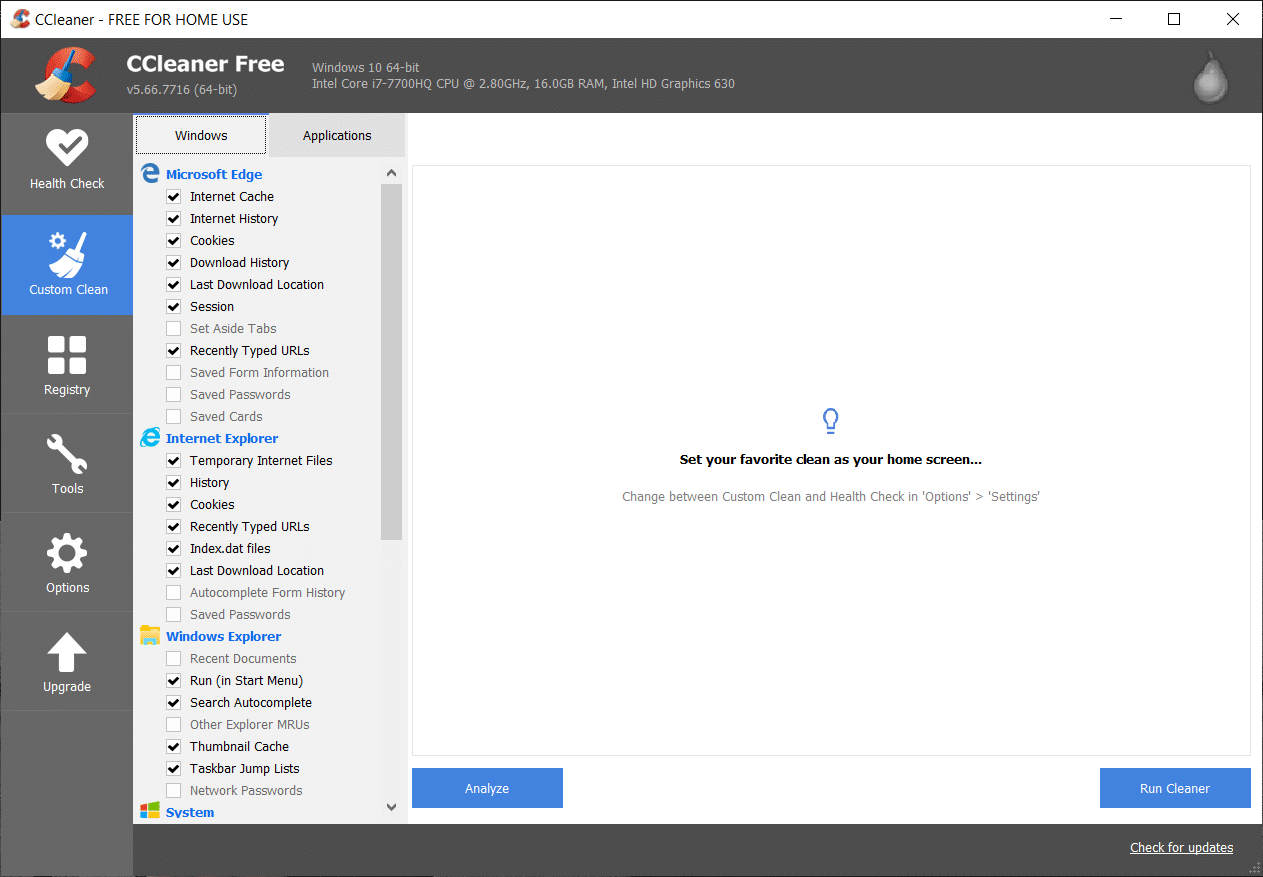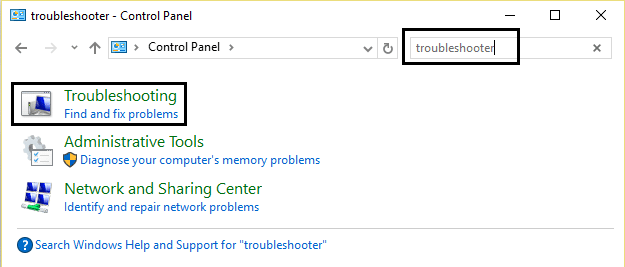Your computer is low on memory to restore enough memory for programs to work correctly, save your files and then close to restarting all open programs. When your computer doesn’t have enough memory for all of the actions it’s trying to perform, Windows and your programs can stop working. To help prevent information loss, Windows will notify you when your computer is low on memory.
Your computer has two types of memory, Random Access Memory (RAM) and virtual memory. All programs use RAM, but when there isn’t enough RAM for the program you’re trying to run, Windows temporarily moves information that would normally be stored in RAM to a file on your hard disk called a paging file. The amount of information temporarily stored in a paging file is also referred to as virtual memory. Using virtual memory—in other words, moving information to and from the paging file—frees up enough RAM for programs to run correctly. Your computer is low on memory warning occur when your computer runs out of RAM and becomes low on virtual memory. This can happen when you run more programs than the RAM installed on the computer is designed to support. Low memory problems can also occur when a program doesn’t free up memory that it no longer needs. This problem is called memory overuse or a memory leak.
Fix Your Computer Is Low On Memory Warning
Before moving to the below-listed advanced tutorials, first, you can kill the programs that are using too much memory (RAM). You can use Task Manager to kill these programs which might be utilizing too much CPU resources.
Fix Your Computer Is Low On Memory Warning Method 1: Increasing Virtual Memory Method 2: Run Antivirus or Anti-Malware Scan Method 3: Run CCleaner in order to fix Registry issues Method 4: Run System Maintenance Method 5: Run System File Checker Method 6: Disable Windows Memory Warnings Method 7: Update Windows
- Press Ctrl + Shift + Esc to open the Task Manager. 2. Under the Processes tab, right-click on the program or process utilizing the most memory (will be in red color) and choose “End task”.
If the above doesn’t fix the Your Computer is low on memory warning then in order to prevent such warnings, you can change the minimum and maximum size of the paging file by following these steps.
Method 1: Increasing Virtual Memory
Now the more the RAM size (for example 4 GB, 8 GB, and so on) in your system, the faster the loaded programs will perform. Due to the lack of RAM space (primary storage), your computer processes those running programs slowly, technically because of memory management. Hence a virtual memory is required to compensate for the job. And if your computer is running low on memory then the chances are that your virtual memory size is not sufficient enough and you may need to increase virtual memory in order for your computer to run smoothly.
Press Windows Key + R and type sysdm.cpl in the Run dialog box and click OK to open System Properties.
In the System Properties window, switch to the Advanced tab and under Performance, click on Settings option.
Next, in the Performance Options window, switch to the Advanced tab and click on Change under Virtual memory.
Finally, in the Virtual memory window shown below, uncheck the “Automatically manage paging file size for all drive” option. Then highlight your system drive under Paging file size for each type heading and for the Custom size option, set the suitable values for fields: Initial size (MB) and Maximum size (MB). It is highly recommended to avoid selecting No paging file option here.
Now if you’ve increased the size, a reboot is not mandatory. But if you’ve decreased the size of the paging file, you must have to reboot to make changes effective.
Method 2: Run Antivirus or Anti-Malware Scan
Virus or Malware might also be the reason for your computer running low on memory issues. In case you are experiencing this issue regularly, then you need to scan your system using the updated Anti-Malware or Antivirus software Like Microsoft Security Essential (which is a free & official Antivirus program by Microsoft). Otherwise, if you have third-party Antivirus or Malware scanners, you can also use them to remove malware programs from your system.
Therefore, you should scan your system with anti-virus software and get rid of any unwanted malware or virus immediately. If you don’t have any third-party Antivirus software then don’t worry you can use the Windows 10 in-built malware scanning tool called Windows Defender.
Open Windows Defender.
Click on Virus and Threat Section.
Select the Advanced Section and highlight the Windows Defender Offline scan.
Finally, click on Scan now.
After the scan is completed, if any malware or viruses are found, then the Windows Defender will automatically remove them. ‘
Finally, reboot your PC and see if you’re able to fix Your Computer is low on memory warning.
Method 3: Run CCleaner in order to fix Registry issues
If the above method didn’t work for you then running CCleaner might be helpful:
Download and install CCleaner.
Double-click on the setup.exe to start the installation.
Click on the Install button to start the installation of CCleaner. Follow on-screen instructions to complete the installation.
Launch the application and from the left-hand side menu, select Custom.
Now see if you need to checkmark anything other than the default settings. Once done, click on Analyze.
Once the analysis is complete, click on the “Run CCleaner” button.
Let CCleaner run its course and this will clear all cache and cookies on your system.
Now, to clean your system further, select the Registry tab, and ensure the following are checked.
Once done, click on the “Scan for Issues” button and allow CCleaner to scan.
CCleaner will show the current issues with Windows Registry, simply click on the Fix selected Issues button.
When CCleaner asks “Do you want backup changes to the registry?” select Yes.
Once your backup has completed, select Fix All Selected Issues.
Reboot your PC to save changes. This method seems to Fix Your Computer Is Low On Memory Warning in some cases where the system is affected because of the malware or virus.
Method 4: Run System Maintenance
Type control in Windows Search then click on Control Panel from the search result.
Now type troubleshoot in the search box and select Troubleshooting.
Click View all from the left-hand window pane.
Next, click on the System Maintenance to run the Troubleshooter and follow the on-screen prompts.
Method 5: Run System File Checker
Press Windows Key + X then click on Command Prompt (Admin).
Now type the following in the cmd and hit enter:
Wait for the above process to finish and once done restart your PC.
Next, run CHKDSK to Fix File System Errors.
Let the above process complete and again reboot your PC to save changes.
Method 6: Disable Windows Memory Warnings
Note: This method is only for users having RAM 4G or more, if you have less memory than this please don’t try this method. The way to do this is to prevent the Diagnostics service from loading RADAR which consists of 2 DLL files, radardt.dll, and radarrs.dll.
Press Windows Key + R then type “Regedit” and hit enter to open Registry Editor.
Now navigate to the following registry key and delete each of them completely:
Once done, reboot your PC to save changes. Now you won’t see any memory warnings including Your Computer Is Low On Memory.
Method 7: Update Windows
Press Windows Key + I to open Settings then click on Update & Security.
From the left-hand side, menu click on Windows Update.
Now click on the “Check for updates” button to check for any available updates.
If any updates are pending then click on Download & Install updates.
Once the updates are downloaded, install them and your Windows will become up-to-date. You may also like:
Fix Unable to Install Driver Update Through GeForce Experience Fix Your Connection is Not Private Error In Chrome How to fix COM Surrogate has stopped working How to fix 0xc000007b Application Error
That’s you have successfully Fix Your Computer Is Low On Memory Warning but if you still have any queries regarding this post please feel free to comment and let us know.
























![]()

